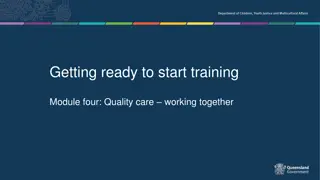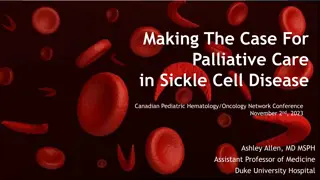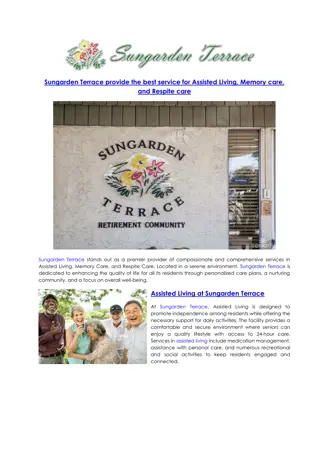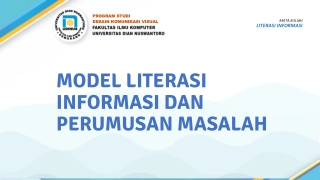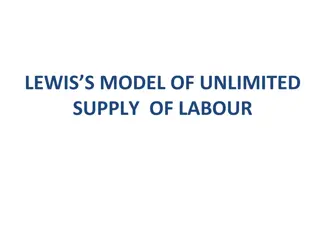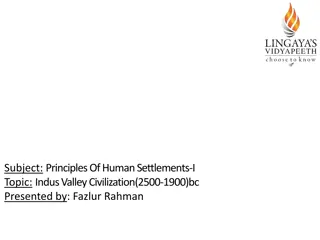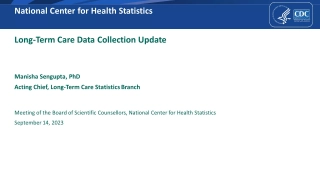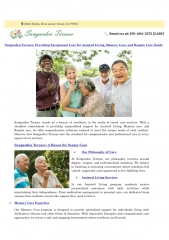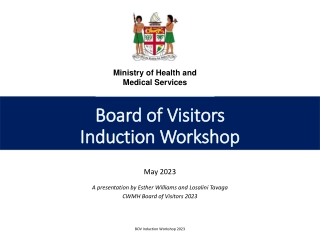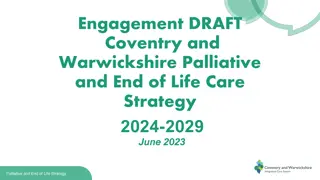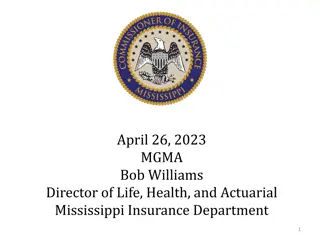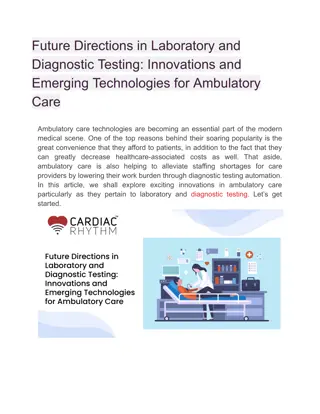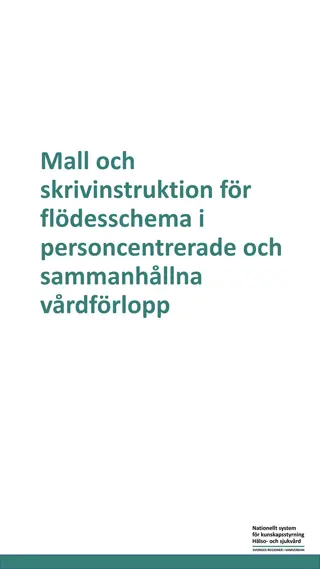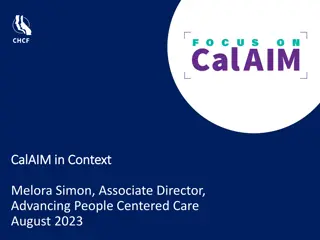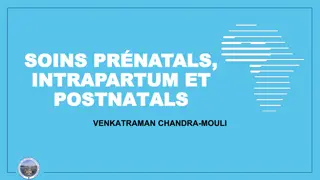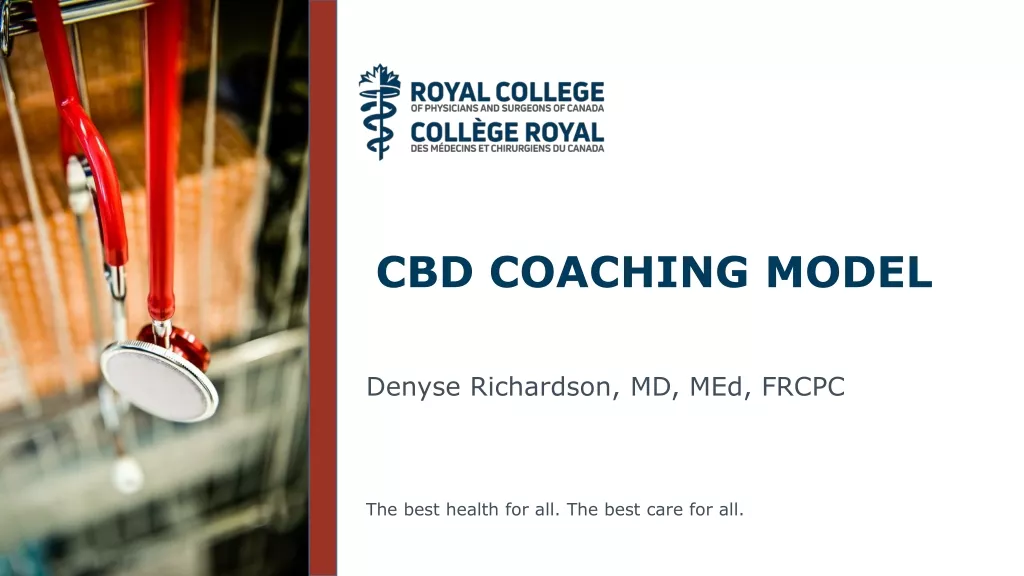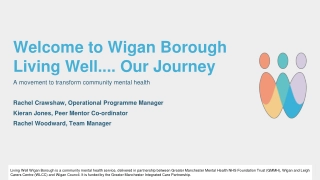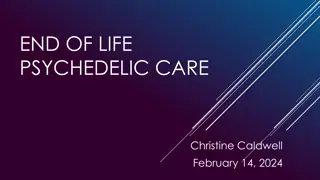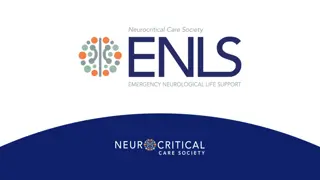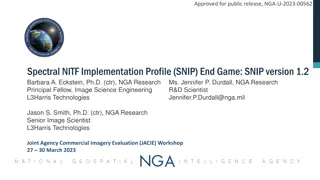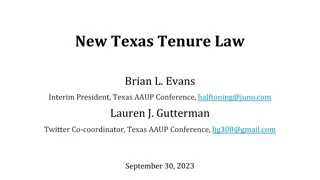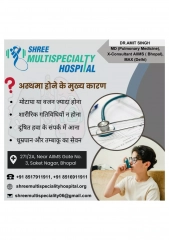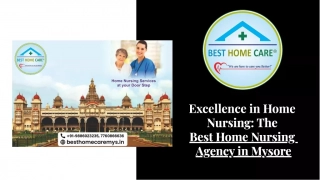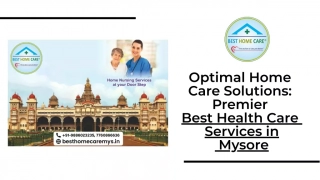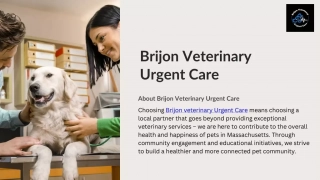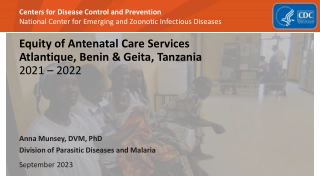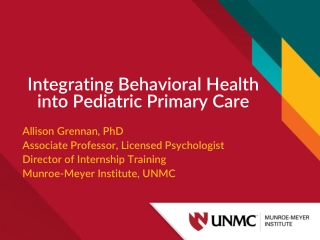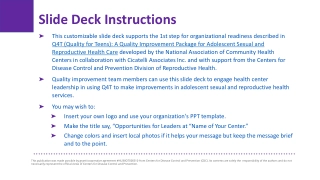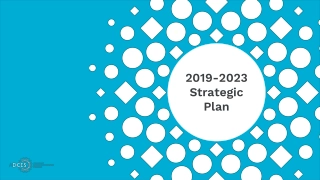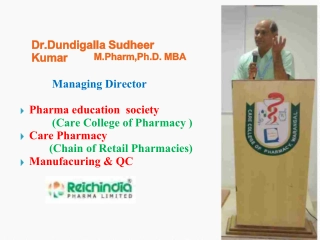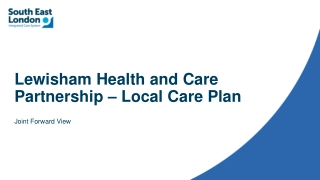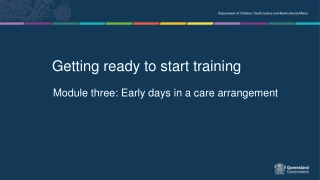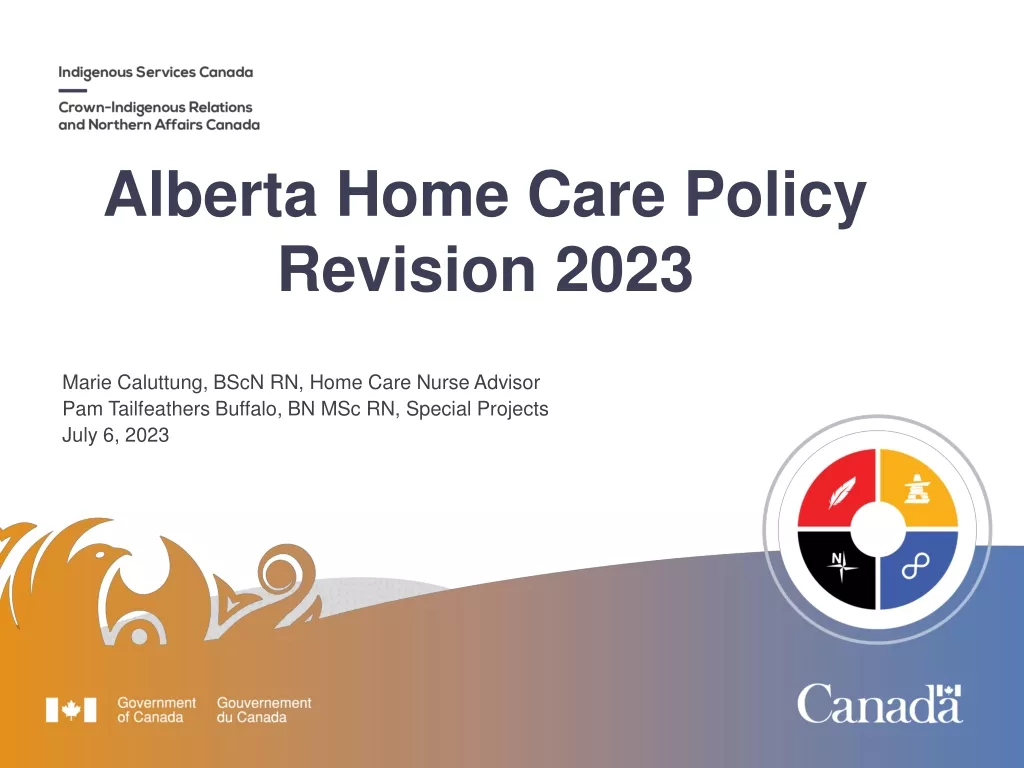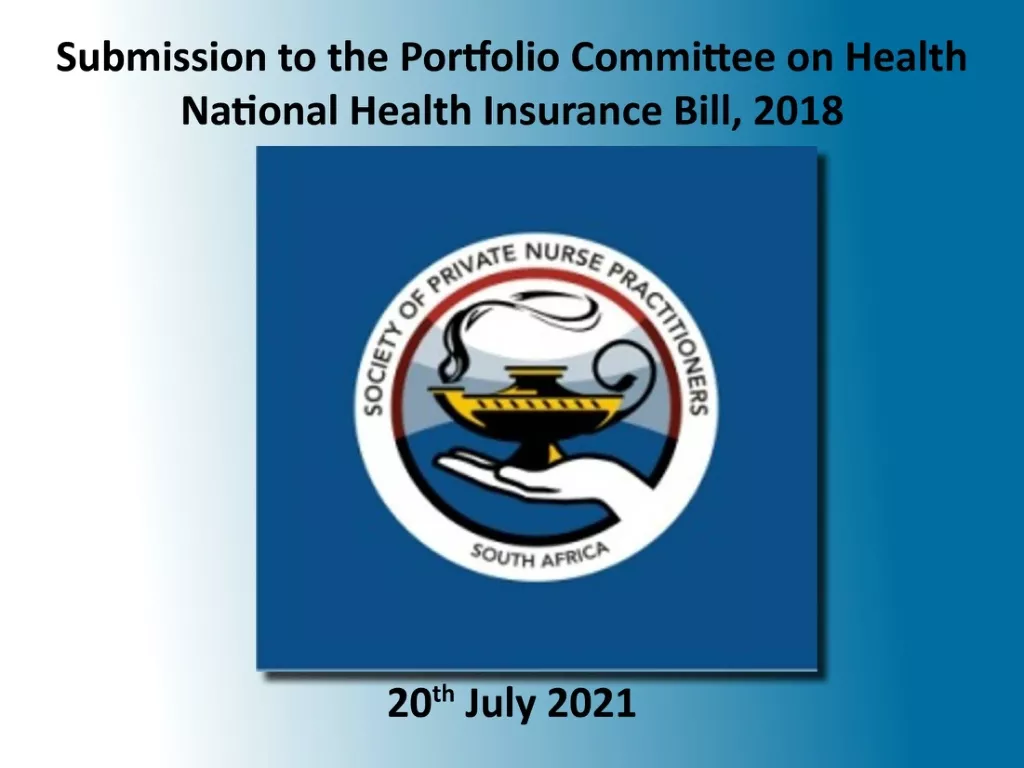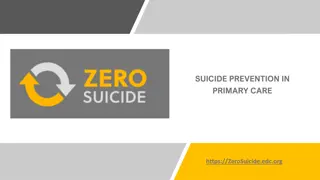BSW Care Model - Version 1.1
The BSW Care Model emphasizes early intervention, reducing health inequalities, and personalized care for the whole population. It aims to promote independence and improve access to high-quality care while addressing health inequality across communities in BSW. The model focuses on holistic assessments, empowering individuals to lead healthy lives, and creating healthier communities through integrated care systems.
BSW Care Model - Version 1.1
PowerPoint presentation about 'BSW Care Model - Version 1.1'. This presentation describes the topic on The BSW Care Model emphasizes early intervention, reducing health inequalities, and personalized care for the whole population. It aims to promote independence and improve access to high-quality care while addressing health inequality across communities in BSW. The model focuses on holistic assessments, empowering individuals to lead healthy lives, and creating healthier communities through integrated care systems.. Download this presentation absolutely free.
Presentation Transcript
BSW Care Model - Version 1.1 BSW Care Model - Version 1.1
BSW Partnerships principles 1. early intervention and promoting independence through all stages of life 2. We are leading a determined drive to reduce health inequalities in all our communities 3. We work as one system without boundaries with parity of esteem between services 4. We make the best use of our combined available resources to deliver high quality care 5. We use shared evidence, listening and learning in order to design care around the individuals we serve 6. We treat people at home or as close to home as possible 7. We nurture a flexible and ambitious workforce 8. We maximise the use of digital technology to improve care and access to care while supporting those with limited access to technology 9. We make decisions as close as possible to those people they affect We work to improve the health of our population through prevention of illness,
A model for the whole population The BSW Care Model is for: The whole population - adults and children, vulnerable groups, families and carers. The whole life course starting well, living well, ageing well, end of life care and dying well. All aspects of health and care physical and mental health, social care, health and care services and all the wider determinants of health like education, employment and housing.
We want everyone who lives in BSW to experience a personalised approach, however they interact with health and care. 1. Personalised care Personalised care, or personalisation, is at the heart of our model and we will apply it to everything that we do in the future. We will shift our focus from symptoms and conditions to working with people to make a holistic assessment of their situation and offering more choices that are more likely to work for them. For most of the population, most of the time, our focus will be on empowering people to lead their best lives by maintaining a good level of health and wellbeing. Around one in three people in BSW live with a long-term physical or mental health condition personalisation will include education and self-management training, access to professional support and personalised management plans. About 5% of the BSW population live with very high health and care needs. Personalisation will mean support from multi-professional teams and personalised budgets so people have the maximum amount of control on the support they receive.
2. Healthier communities We want every community in BSW to be a healthier community with reduced health inequality so that everyone has a better chance to live a healthy life. We have significant health inequality to address in BSW. People in our healthiest communities can expect to live almost two decades longer than people in our least healthy communities and we have to change this. We need to make sure everyone has good access to services like GPs and NHS dentists. Working as an integrated care system will bring the NHS together with local authorities, third sector organisations and other partners which will enable us to work on the wider determinants of health. We will need to look at: education, employment and housing; whether people have access to healthy food; access to healthier activities like exercise and social groups; access to green spaces. As anchor institutions in the communities we work in we can create more opportunities for local businesses and we can provide better access the facilities and the spaces we own for our communities.
3. Joined-up local teams Multi-disciplinary teams, designed for and based in healthier communities, will be able to work together seamlessly to serve local people. In the future we want to have the right joined-up local teams for every community in BSW. Joined-up means that we want our teams to be able to work together seamlessly sharing information and data, sharing equipment, sharing caseloads, sharing training no matter who employs each person in the team. 3rd Sector Charity Local means that we want to have the right teams for every community because we know that different communities in BSW have different health and care needs. Putting the right local teams in place is an important part of supporting healthier communities and tackling the health inequalities that we know we need to address.
4. Local specialist services We will make more specialist services available at home and closer to where people live. We will invest in our workforce, in more equipment and in shared electronic records which will enable our services to be provided in a much wider range of locations. We know that we can avoid some appointments and tests altogether by providing better advice and guidance to local teams so that local teams can provide better specialist care and a referral isn t necessary. We will offer more telephone and online services for people that want them, but we know that online services will not work for everyone.
5. Specialist centres Our network of specialist centres will develop to focus more on the most specialist care and less on routine services which we can provide elsewhere. Our specialist centres include our NHS hospitals, our third sector hospices and rehabilitation centres, our mental health units and our specialist education and family centres. 3rd Sector We want these centres to provide the best specialist care for people in BSW and we want to change the way that our centres interact with the rest of our health and care system to support the whole of our model. Over time, we aim to grow our specialist capabilities in BSW so that we are able to treat more BSW people in our own specialist centres rather than having to refer people to larger centres in Bristol, Oxford, Southampton or further afield.
How we are going to make this happen? Developing our workforce Over 34,000 people work in health and care in BSW. We are establishing the BSW Academy to unite and develop our workforce by investing in leadership, learning, innovation, improvement and inclusion. Making the best use of technology and data We will make the best use of technology and data to improve health and care for people in BSW. We know that some people cannot access technology and we will make sure our services are always accessible for everyone. Continuing to engage with people We developed this model through engagement with our workforce the with people in BSW. We will keep these conversations going and will involve people as much as we can in our work. Investing in facilities of the future We will invest millions of pounds to improve community facilities, open up new locations and ensure that our specialist centres are fit for the future.
How care could be different - Ageing well If Clara does fall, a Rapid Response Team is alerted via the monitoring devices in Clara s home and they can attend to support Clara. They are able to access Clara s shared care records to have the latest information and provide updates to the other teams supporting Clara. Clara can be referred to a community-based clinic with enhanced Community Frailty Multi-Disciplinary Team who understand her history, have access to community diagnostics and can provide specialist support to the community team. Clara 85, Retired Bookkeeper Clara has remained relatively independent despite the death of her husband 3 years ago, however she has had a number of falls in the last 5 years, and also been treated for multiple UTIs. She has fallen repeatedly at home, but wishes to remain independent. Her family would like to see her better supported. If required Clara can be admitted to a virtual ward for monitoring and treatment. Clara has just received acute care following a fall in her home. The discharge to assess initiative has allowed Clara to return home rapidly. The GP and Care Coordinator, using their risk stratification tool, identify Clara as high risk and recommend remote monitoring. By utilising a wide range of digital monitoring devices and software, Clara and her family can be assured that she is safe and well at all times. In the event of an emergency or fall, the staff at the Community Hub can act immediately with the appropriate course of action 24 hours a day, with full shared access to her care record. Clara is able to attend her local community centre to meet her friends with support from the a local third sector group as part of her wellbeing plan. The Care Coordinator and Social Care Team work with Clara and her family to evaluate her home environment and develop a comprehensive care package through a trusted assessment between health and social care. With some small modifications and the installation of monitoring devices, everyone is satisfied Clara can continue to live at home safely. She is also able to attend the community frailty clinic at the Community Hub and has been offered virtual appointments so she does not have to rely on others.
How care could be different Elective care Jasek 48, Builder Jasek attends the Local Treatment Centre for his knee surgery and he is discharged with a rehab plan to adhere to at home. Jasek uses the virtual chat service to answer a number of post op questions and is able to initiate a follow-up appointment if required at the local community hospital at a time and day that suits him. Jasek has suffered with increasing aches and pains for the past few years after a knee injury 10 years ago and this has been complicated by early arthritis (which he believed runs in his family) but he is unsure if he wants to undergo an operation and take time off work. He also is concerned about the impact his health condition and lack of mobility is having on his wife. Some time later, Jasek s knee feels much worse and he is referred for assessment for surgery. He books an appointment at his Community Diagnostic Hub for a CT scan. The CT Radiographer refers him to an Orthopaedic Surgeon. Jasek discusses his options with the surgeon via a virtual consultation and through a shared decision making process Jasek decides to proceed with surgery. Jasek is referred to the Community MSK Service by his GP. Jasek has been identified as a high risk of deterioration through the hospital risk stratification tool because of his arthritis and previous attendances. As part of his Care Plan, Jasek has access to his local gym where he attends classes and he can even attend virtual sessions around his work times. Jasek is able to book his surgery on his phone at the Local Treatment Centre for a date after he gets back from holiday. The MSK Service work with Jasek to develop a Care Plan which he is able to access from his phone. Using the virtual chat service, he is able to have a lot of his questions answered. Jasek has ongoing support from a Community Physiotherapy Team and is able to attend the Community Diagnostic Hub for regular check-ups and CT/MRI scans if required.
Version history Version Date updated Version notes 1.0 October 2021 First draft published and then used in 6-week public engagement in November and December 2021. Updated based on feedback from public engagement. Updated language on digital technology replaced digital by default with making the best use of technology and data (slide 10) Amendment of main graphic to show Joined-up local teams within the same part of the model as Healthier communities to show more clearly that local teams would be community-based Addition of Charity building in the graphic to represent community-based charities as important partners in the model Addition of Personalised care label to clarify that the person at the centre of the model represents personalised care Addition of the a model for the whole population slide to emphasise that the model covers the whole population and all aspects of health and care Updated language on slides 4-10 based on new narrative document that has been developed to accompany the slides and explain the model in more detail. Summaries on slides are summaries of the narrative document. General update to layout and formatting 1.1 February 2022




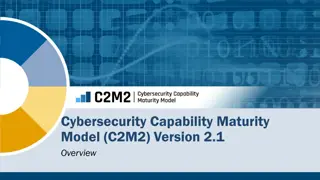
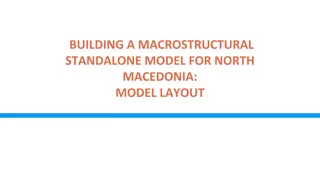
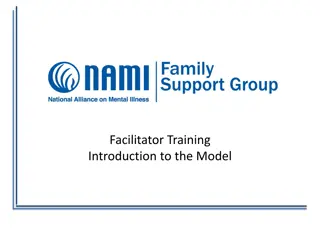
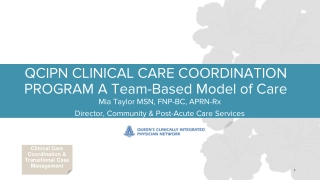
![Skincare Market Growth & Key Industry Developments [2030]](/thumb/26741/skincare-market-growth-key-industry-developments-2030.jpg)
